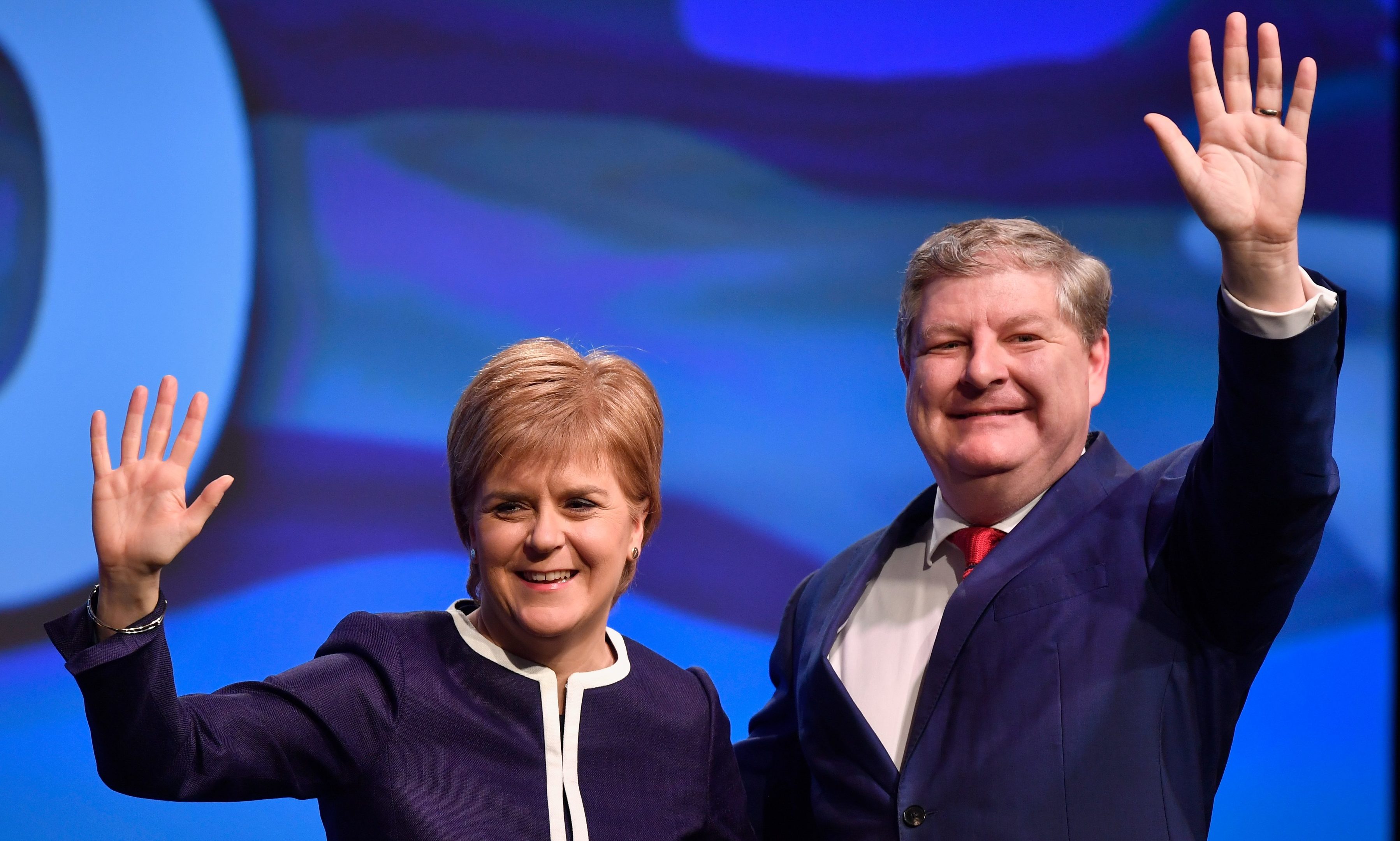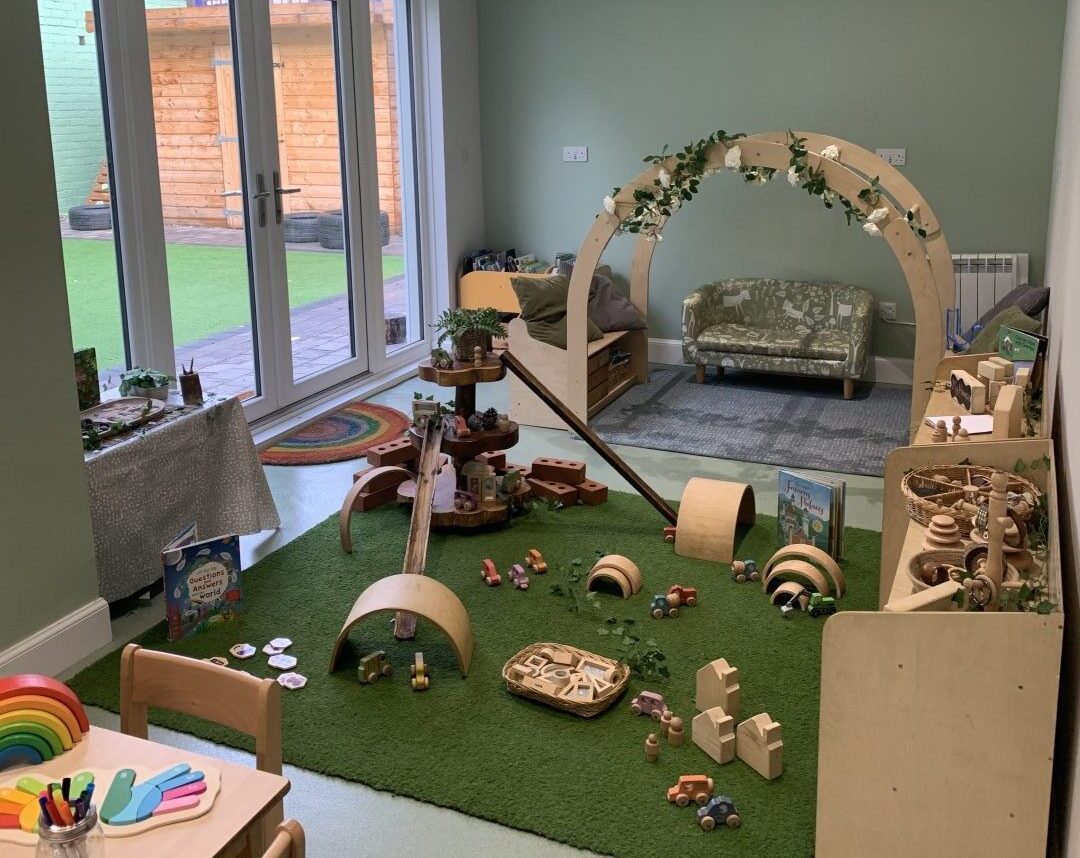There wasn’t much in the way of time, or column inches, taken up by domestic policy in Nicola Sturgeon’s speech to the SNP conference a week past Saturday.
Amongst all the independence posturing and rhetoric – from all sides, not just those at the conference in Aberdeen – you could be forgiven if you had forgotten that the leader of a government was speaking to the hall.
Amazingly, there were actually three announcements hidden under the constitutional hot air and all of them have the potential to be significant.
There was the three year, £36 million support fund to meet the costs of digital skills training for businesses.
It’s not quite clear how this will work, or exactly how the economy will benefit from job creation, but increasing the workforce’s skills should be positive so long as there is attention paid beyond the not-quite-headline grabbing cash announcement.
The second policy was interesting on a number of levels.
Before the Budget, the Liberal Democrats demanded £200 million for mental health funding.
That was obviously aiming high but there was no compromise from Derek Mackay, the finance secretary.
Instead his boss offered up a smidge of what was asked for a few weeks later.
A total of £35m over five years, a less than whopping £7m a year, will supposedly place “dedicated mental health professionals” 24/7 in every A&E department, in all of Scotland’s GP practices, every custody suite in every police station, and within prisons.
Apparently this money will “support the employment of 800 additional mental health workers”.
Good luck with that. Sturgeon is right when she says: “Providing health care to those who need it is one of our most important responsibilities.”
It needs more than warm words, though. Child and Adolescent Mental Health Services (CAMHS) are still poor and strategy is needed as much as a drop of cash in the relative ocean of Scotland’s health budget.
Most interestingly, the SNP leader moved into a particularly tricky to tackle field with her final pledge.
She said: “I can announce today that, by the end of this parliament, we will invest £50 million to ensure that all staff working in private nurseries delivering our childcare pledge are paid the real living wage.”
That’s 8,000 people in total. Paying people in the care profession, not just those who look after children, is a particular bugbear of mine so this is a welcome idea but it will involve a lot of scrapping with private nurseries.
It’s difficult to disagree with the principles behind any of the policies announced by Sturgeon.
Most Scots – the ones not obsessed with borders – will be hoping they are followed through with appropriate rigour rather than falling by the wayside as comforting conference applause.


